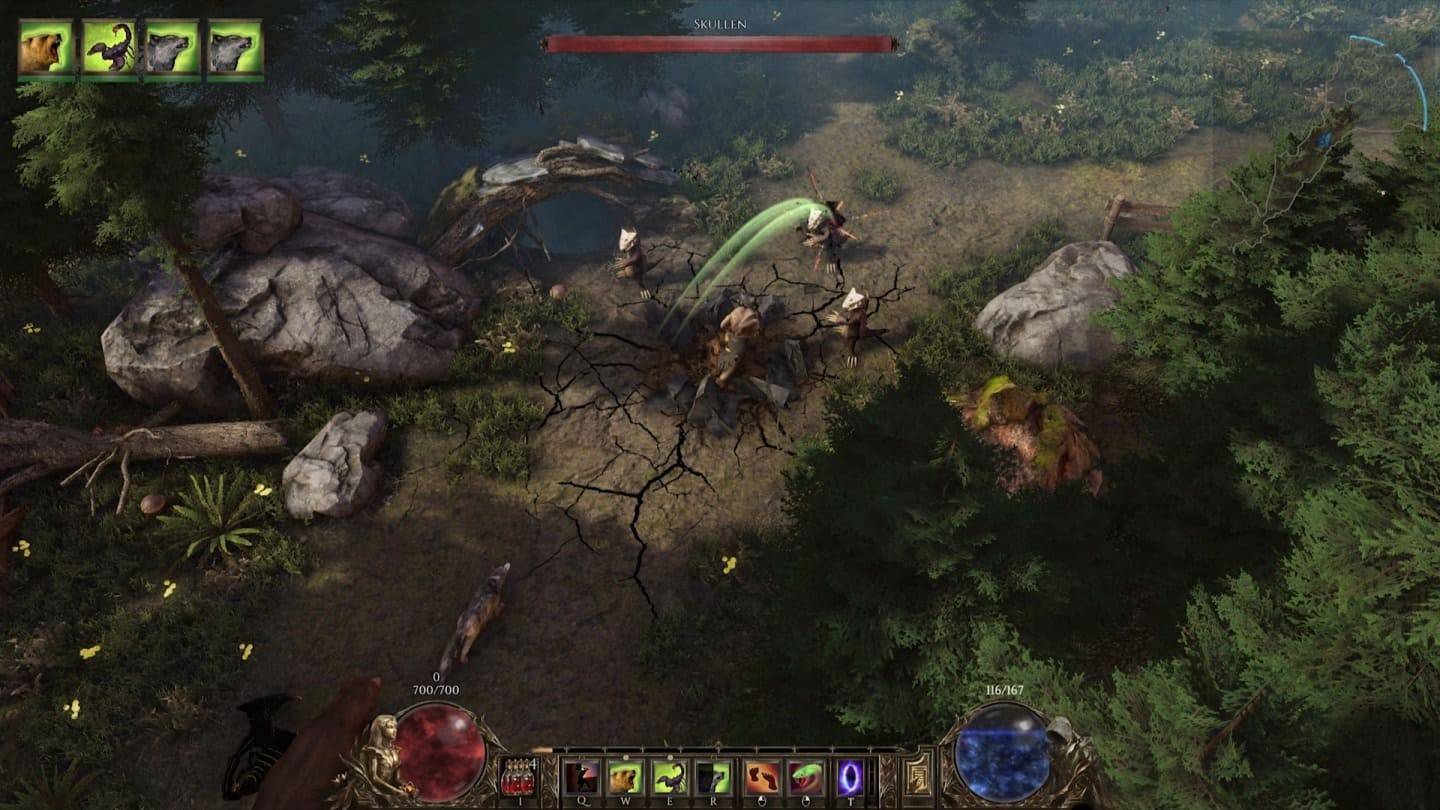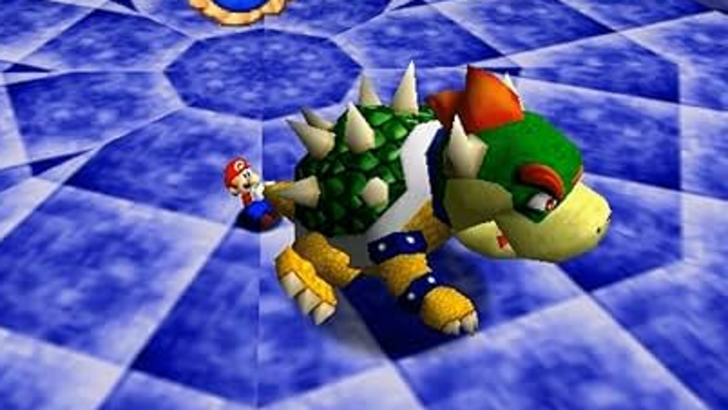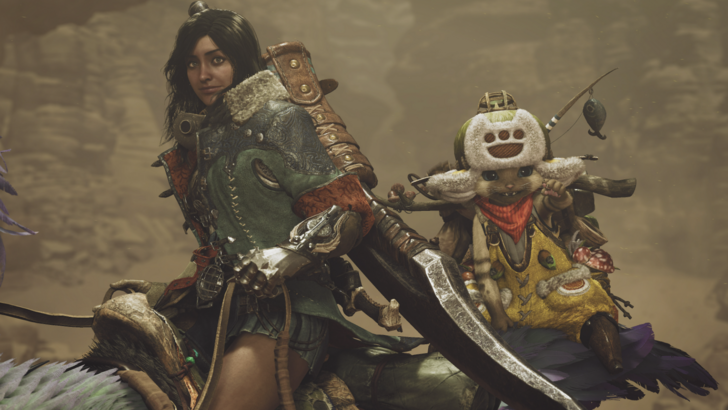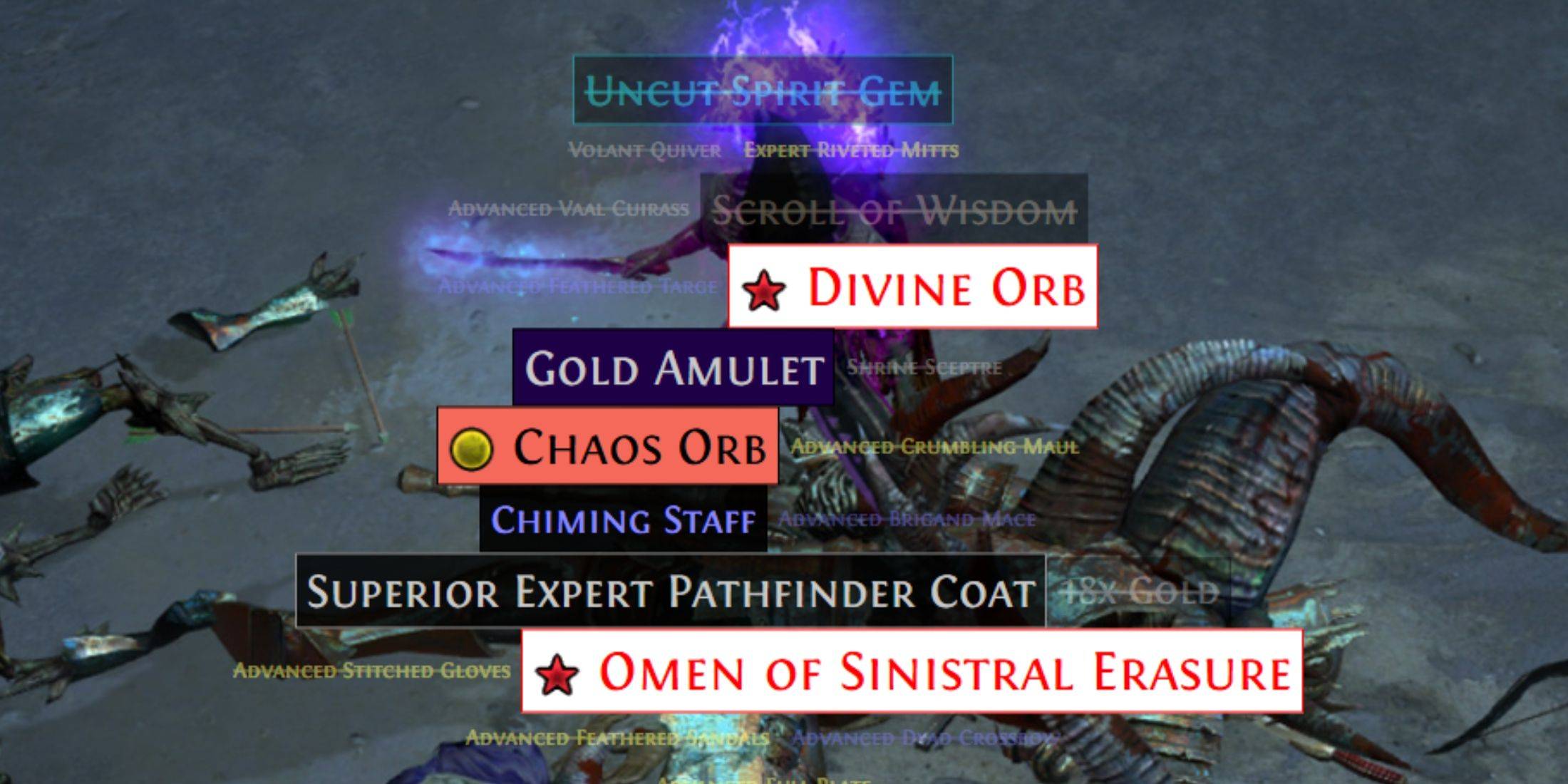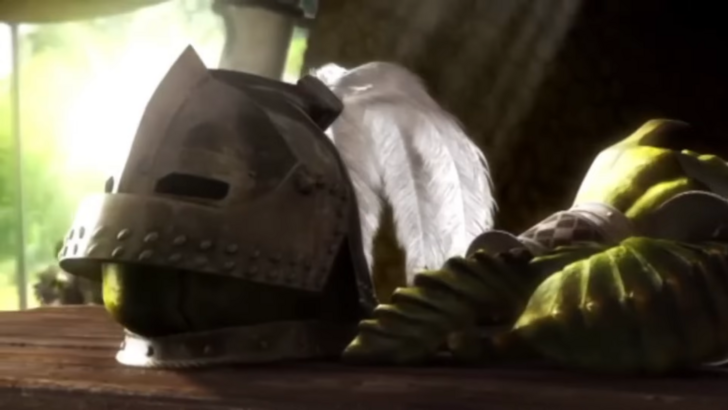
Monster Hunter's narrative often gets overlooked due to its straightforward nature, but is it truly that simple? This deep dive explores the underlying themes and stories woven into the gameplay.
← Return to Monster Hunter Wilds' main article
The Evolution of Narratives in Monster Hunter
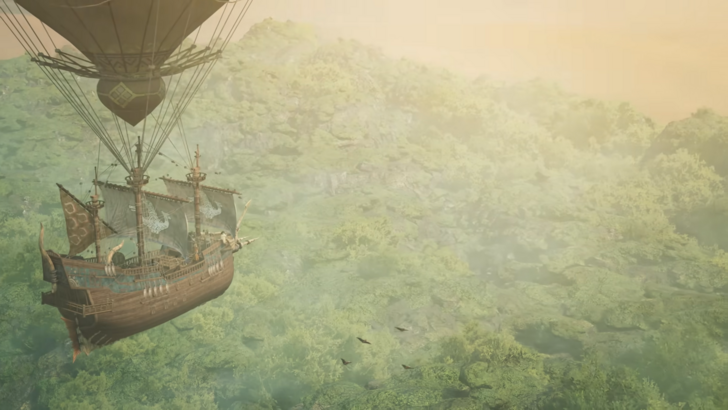
The Monster Hunter series isn't known for its complex narratives. Many players consider the story secondary to the gameplay. However, this doesn't mean a narrative is absent. The mission-based structure, where quests drive the action, often overshadows the underlying themes. But is it merely a series of hunts for profit, fashion, and sport? Let's delve into the mainline games to uncover a deeper meaning.
The Familiar Beginning
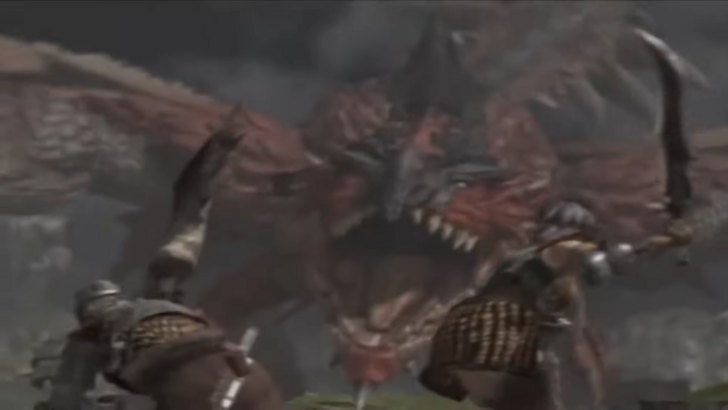
Most Monster Hunter games follow a similar structure: a novice hunter accepts quests from village elders, gradually progressing to hunt more formidable monsters, ultimately becoming the village's top hunter. Higher ranks unlock tougher challenges, culminating in a final showdown against the game's ultimate boss (e.g., Fatalis in Monster Hunter 1). This cycle is consistent across the series, even as later installments emphasize storytelling. Recent entries like World, Rise, and their expansions, however, feature more prominent, interwoven narratives.
Guardians of the Ecosystem
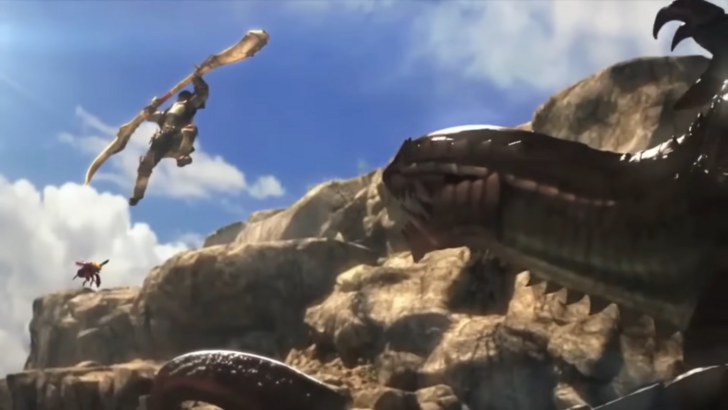
The series frequently portrays the hunter as a force maintaining ecological balance. Monster Hunter 4 (MH4), for example, highlights the Gore Magala and its Frenzy Virus, a disease spreading aggression among creatures. The Gore Magala's villainous appearance underscores its role as a threat to the ecosystem, requiring its defeat to restore balance.
However, Monster Hunter: World and Iceborne offer a more nuanced perspective. The endings suggest that while humans bear responsibility for ecological balance, they still have much to learn about the natural world's intricate workings.

Iceborne's ending reveals Nergigante as a natural force of balance, a counterpoint to the hunter's actions. While Nergigante's role might seem underwhelming, it perfectly complements the game's theme of ecological balance. The base game's ending depicts the hunter as the "Sapphire Star," a guiding light, referencing the in-game "Tale of the Five," implying the Research Commission accepts its role as a guardian of the New World, guided by the hunter.
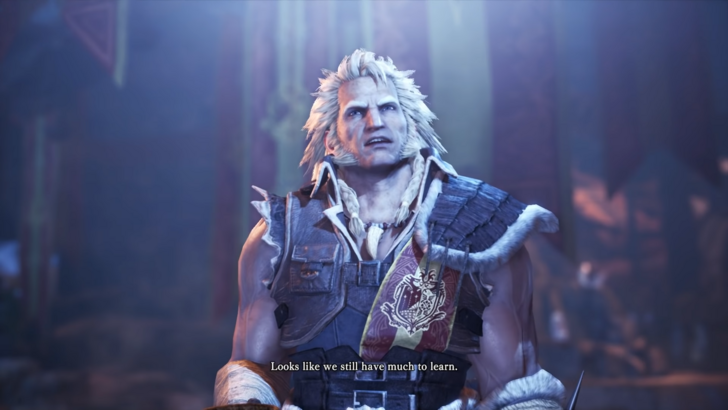
Iceborne's ending contrasts this, suggesting the Research Commission has more to learn about nature's resilience, even without human intervention. This juxtaposition reflects the unpredictable nature of the ecosystem and its ability to adapt. While interpretive, this demonstrates a depth beyond simple monster slaying. But how do the monsters perceive the hunter?
Reflections in the Hunt
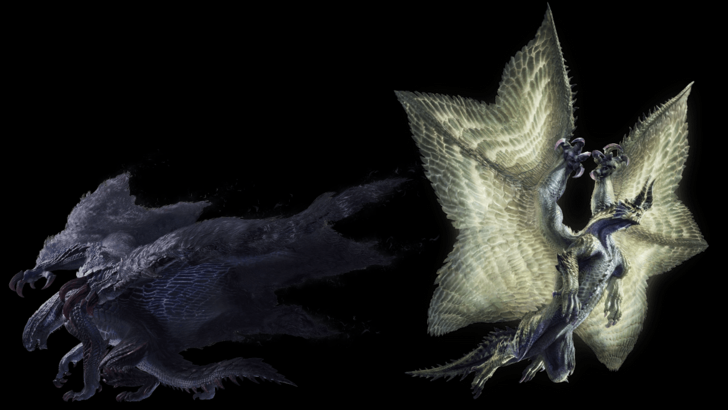
In MH4, defeating the Gore Magala only reveals its evolved form, the Shagaru Magala. This mirrors the player's experience of upgrading equipment and facing renewed challenges. This suggests monsters learn and adapt to the hunter's strategies.
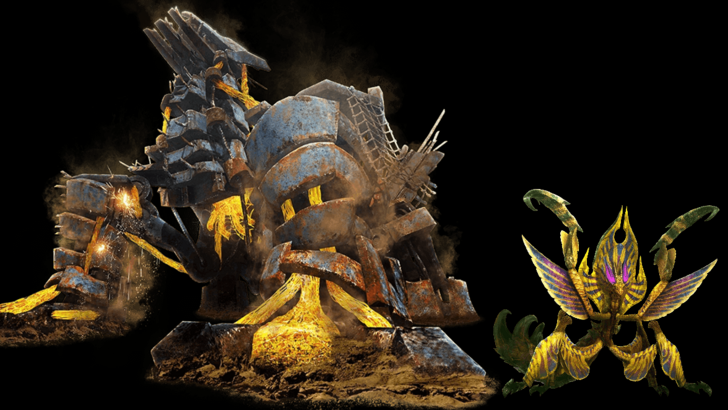
The Ahtal-Ka, the final boss of Monster Hunter Generations Ultimate, exemplifies this. Its unique design and use of hunter-like weaponry (Dragonators, steel beams, a giant wheel) show it adapting to the hunter's ingenuity. This reflects the theme of nature adapting to human intervention, even surpassing it. The Ahtal-Ka's fighting style might even be considered a precursor to Monster Hunter Rise's Silkbind moves.
A Personal Journey: Man vs. Wild
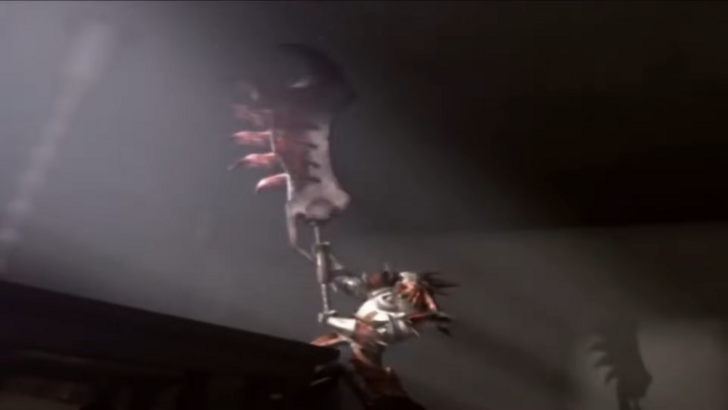
Ultimately, Monster Hunter is about the player's journey of growth and overcoming challenges. While the effect varies among players, the series creates a personal narrative. The initial encounter with the Tigrex in Monster Hunter Freedom 2, where the hunter is thrown from a cliff, establishes a clear goal: defeat the monster that nearly ended the hunter's life.

Later, the hunter confronts the Tigrex again, but this time with improved skills and equipment. This arc reflects the game's core theme of overcoming adversity. The Gore Magala in MH4 provides a similar narrative arc, challenging the player after its evolution.
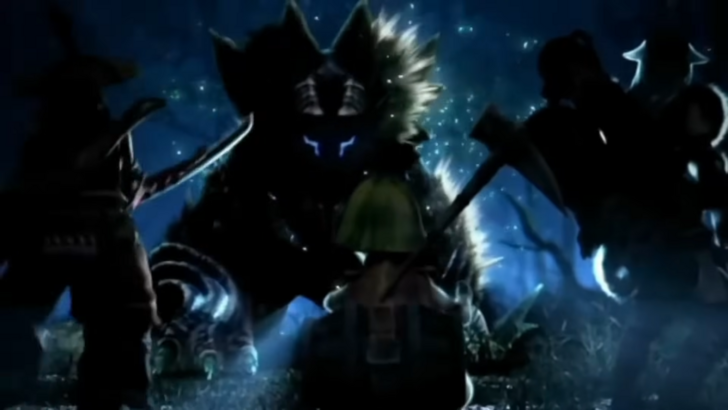
This initial challenge and subsequent victory create a lasting impact, embodying the series' appeal. Newer games, like Wilds, incorporate more explicit narratives, easing players into the gameplay.
While Monster Hunter's stories may not be the most compelling, they effectively integrate the player's experience into a memorable narrative.

 Latest Downloads
Latest Downloads
 Downlaod
Downlaod




 Top News
Top News